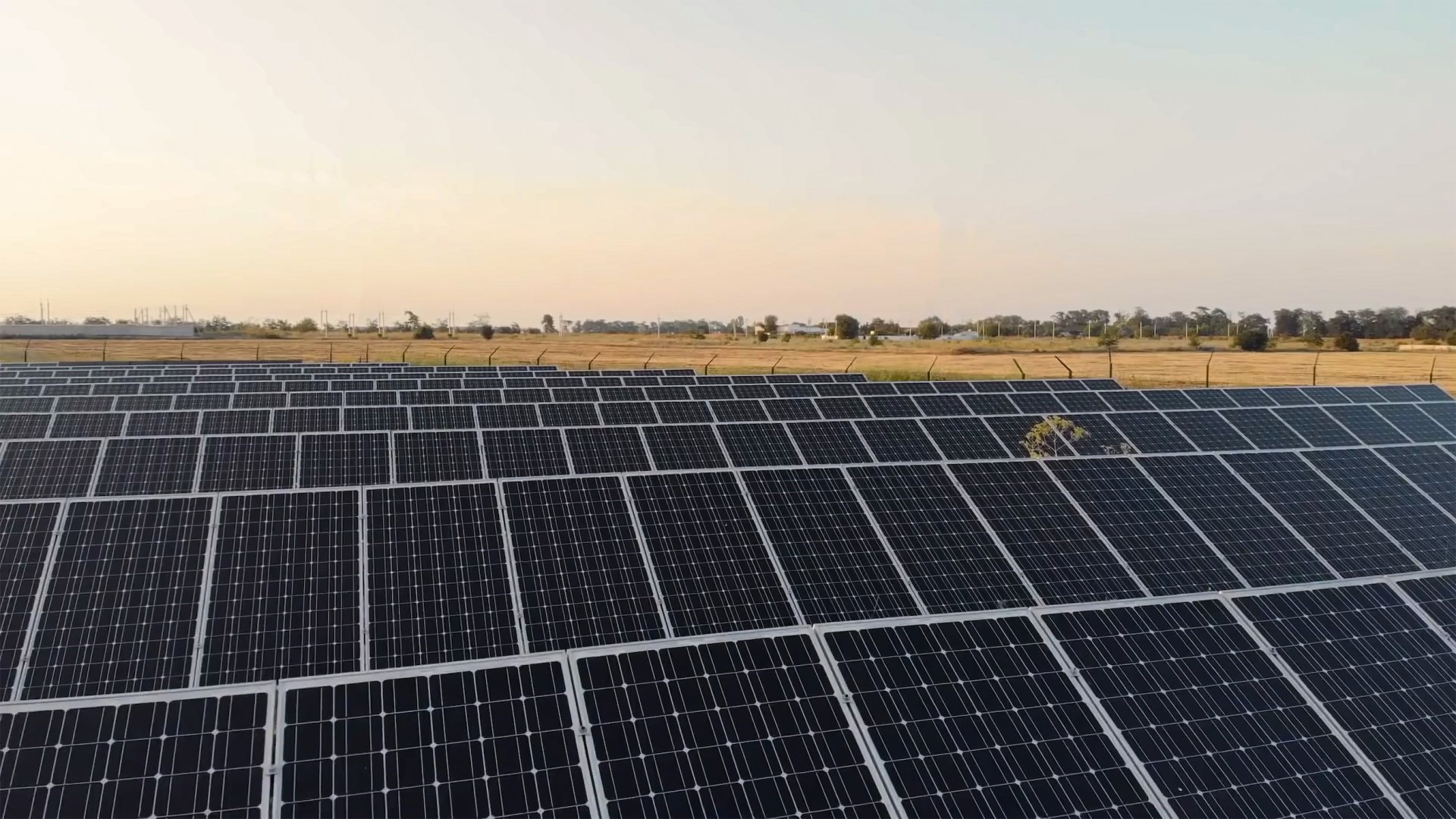
Commentary
-
Our commentary partners will help you reach your own conclusions on complex topics.
Hey everybody, Peter Zeihan here coming to you from the hike and bike trail in downtown Austin. Today, I wanted to talk a little bit about energy economics, specifically green energy economics. Now the idea that once you’ve paid for the sunk cost of the solar or the wind system, that you’re in the clear, you know, to a degree that’s true. But you first have to get the thing built. There’s two complications here that we’re facing. The first is capital. So when you’re going to build like a normal thermal power plant, about three quarters … 60% to three quarters of the cost of that plant is actually in the fuel, that you are going to burn over the lifespan of the project. You don’t have to finance that upfront, you pay for that as you go. And you typically use the income that you get from selling your electricity to your customers to pay for that. So the only part that you have to finance is that initial construction, which is typically a quarter to a third of the total.
With green tech, that’s not how it goes. With green tag, roughly 80% of the cost of the project over its lifespan is in construction. And even if you can get into a situation where you’re in a sufficiently sunny or windy place that the per-cost for the kilowatt hour or the power you generate is over the lifespan of the project, the same as it is for fossil fuel system, you still have to finance that all up front. And with the Baby Boomers moving into mass retirement and liquidating all of their holdings, because they can’t take the shock of a currency crash or market crash anymore, the cost of capital in the United States is going up and it will remain high until such time as the Millennials are the capital-rich group in our population. That won’t happen until most of them are in their 50s. and that won’t happen for another 10 to 12 years. So we’ve got this period of much higher capital costs, which means much higher development costs for electricity projects in the green space. There’s really no way around that.
The second problem has to do with the inelasticity of energy costs. So let’s say you need a gallon of gasoline in order to drive to work. If you can only get nine-tenths of a gallon, it’s not like you park your car and walk the rest of the way and just leave your car for all time. No, no, you will pay whatever you have to pay to get that last tenth and that price then applies to the entire market. And if you have a shift in demand of only like 10 to 15%, you can easily see a change in price of 50 to 100 percent. And we know this is true for electricity, for coal, for natural gas, for oil, and even for nuclear fuel.
Now, if we decide we are really going to go with the green transition en mass, then all of a sudden a lot of the components that go into electricity generation are going to become power fuels. That’s chromium, that’s copper, that’s aluminum, that’s fiberglass, that’s graphite, that’s lithium. We have not priced in that system. The bottom line of all this is not, ‘don’t go green.’ The bottom line of this is you only put these technologies in places where the geography matches the capacity for these things to work. So you put up solar where it’s sunny, you put up wind power where it’s windy, and if you’re going to put it somewhere else, you not only do you have to think of the cost in the long term in an entirely different light, you’ve got to change the metrics, because it’s going to cost more to build, it’s going to cost more to finance.
And that means we ultimately need better technologies than what we have now, especially in transmission, so that we can bring the electricity from where it’s produced in a reasonable manner to where most people actually live. And that requires, among other things, multiple acts of Congress both to appropriate the money for that research, and to make it easier for power to pass through different states’ jurisdictions and especially between the three power grids that the United States shares. Alright, that’s it for me. Talk to you guys later.
-
Hurricane Helene hits US coast, Appalachia and beyond
Hurricane Helene hit Florida and Georgia overnight between Sept. 26 and 27 as a Category 4 hurricane, and accompanying storms will continue reaching deeper into the continental United States today. Dangerous flash flooding from the hurricane, known as storm surge, was some of the worst flooding that the Tampa Bay area has ever seen, and… -
Israel holds upper hand against Lebanon, Hezbollah and Iran
On Wednesday, Sept. 25, Hezbollah launched a ballistic missile at Tel Aviv in retaliation for Israel’s explosive pager attack that blew up devices across Lebanon. Although Israel’s defense systems intercepted the surface-to-surface missile, the attempted strike on Tel Aviv marked a significant escalation by Hezbollah. Since the siege on Gaza began, shortly after the Oct. 7, 2023,… -
The Sinaloa Cartel civil war
Fears of a civil war within the Sinaloa Cartel are growing as violence between competing factions within the cartel continues. The Mexican Army has dispatched around 600 elite troops to Sinaloa to help quell those fears, in addition to roughly 2,200 regular soldiers and National Guard. Watch the above video as Straight Arrow News contributor… -
New Ukrainian weapons hit Russia where it hurts
Ukrainian drones struck a major Russian ammunition depot, triggering a massive explosion that was captured on camera. According to the Ukrainian military, 2,000 tons of munitions had arrived at the depot before the attack. Over the past two years, Ukraine has significantly increased its domestic drone production, allowing it to scale up attacks on military… -
Weighing social costs vs. economic benefits on immigration
Global human migration is one of the defining elements of our current historical era, according to the United Nations. Migrants face both the incentives to leave — forced out by climate change, crime and corruption, extreme poverty or violence — and incentives for where to go, based on available job opportunities and so on. Migration…
Latest Stories
-
 Dept. of Defense
Dept. of Defense
A return to the Cold War? UK poised to house US nuclear weapons yet again
-
 Getty Images
Getty Images
Melania Trump backs ‘Take It Down Act’ targeting AI deepfake, revenge porn
-
 Getty Images
Getty Images
Top FBI official in NY retires amid apparent conflict with Trump admin
-

How US crypto holdings compare to other nations
-
 Getty Images
Getty Images
Israel proposes alternative plan for hostage deal with Hamas
Popular Opinions
-
In addition to the facts, we believe it’s vital to hear perspectives from all sides of the political spectrum.
Latest Opinions
In addition to the facts, we believe it’s vital to hear perspectives from all sides of the political spectrum. We hope these different voices will help you reach your own conclusions.
The opinions published in this section are solely those of the contributors and do not reflect the views of Straight Arrow News.





















Latest Commentary
We know it is important to hear from a diverse range of observers on the complex topics we face and believe our commentary partners will help you reach your own conclusions.
The commentaries published in this section are solely those of the contributors and do not reflect the views of Straight Arrow News.
Dr. Frank Luntz
Pollster and Political Analyst‘Biased’: What Americans think of ‘mainstream media’
‘Getting rid of them’: Americans discuss Trump and immigration
‘Woke’: Why some Biden 2020 voters backed Trump in 2024